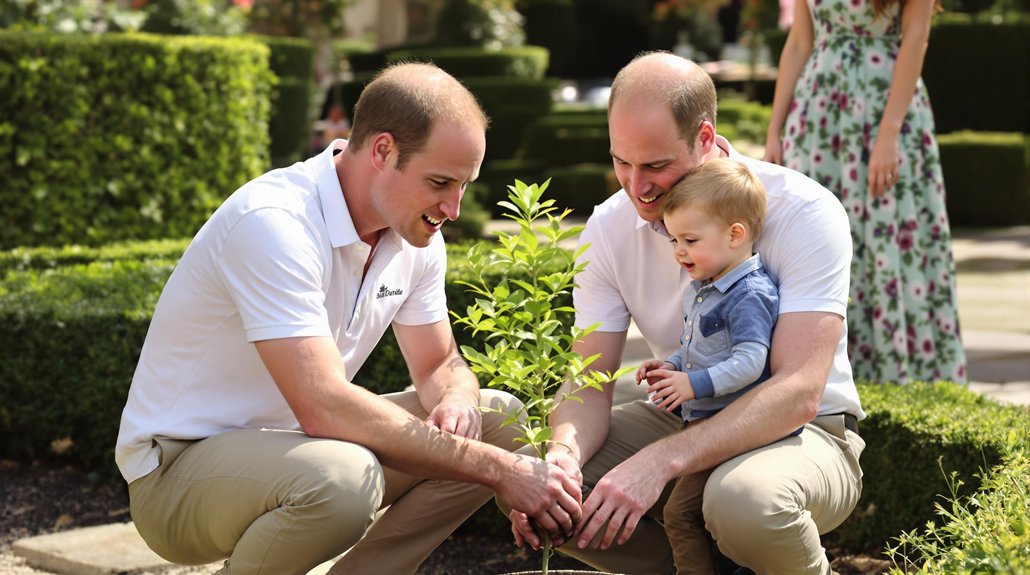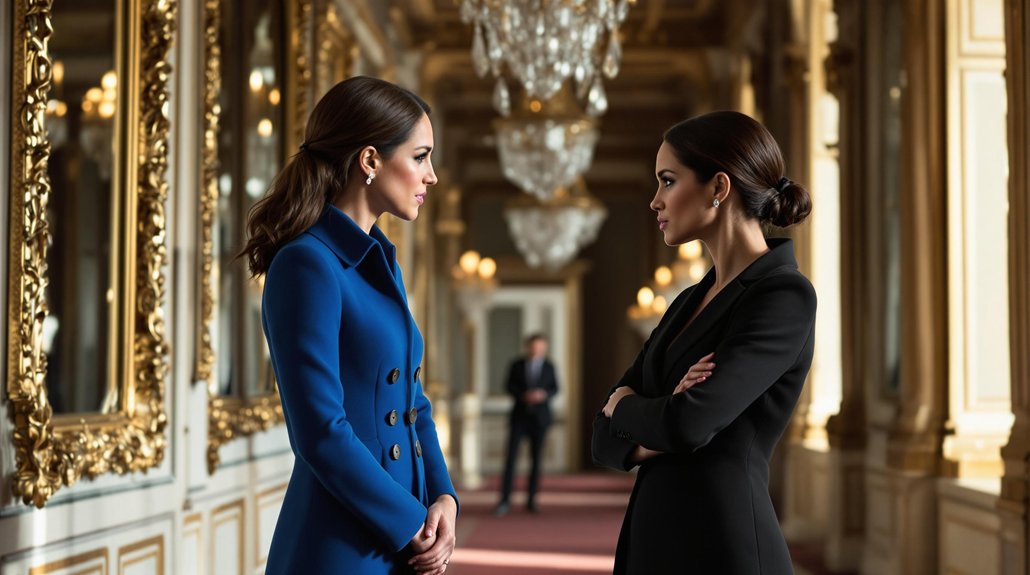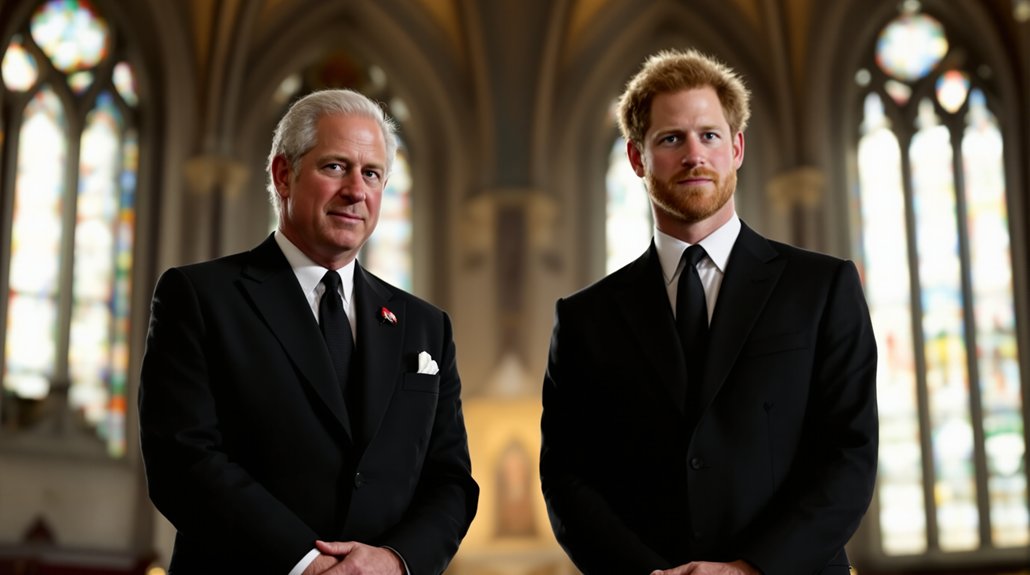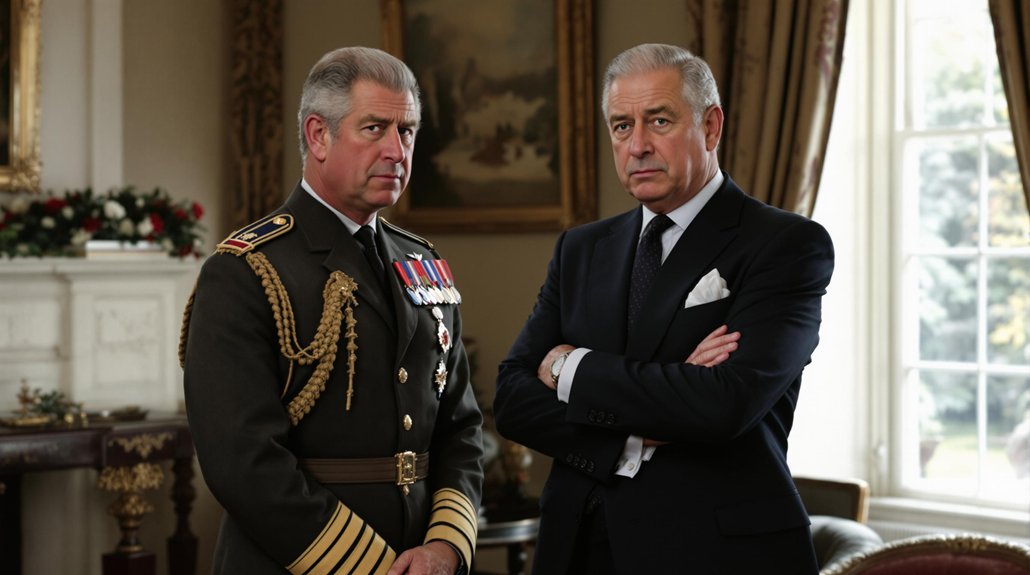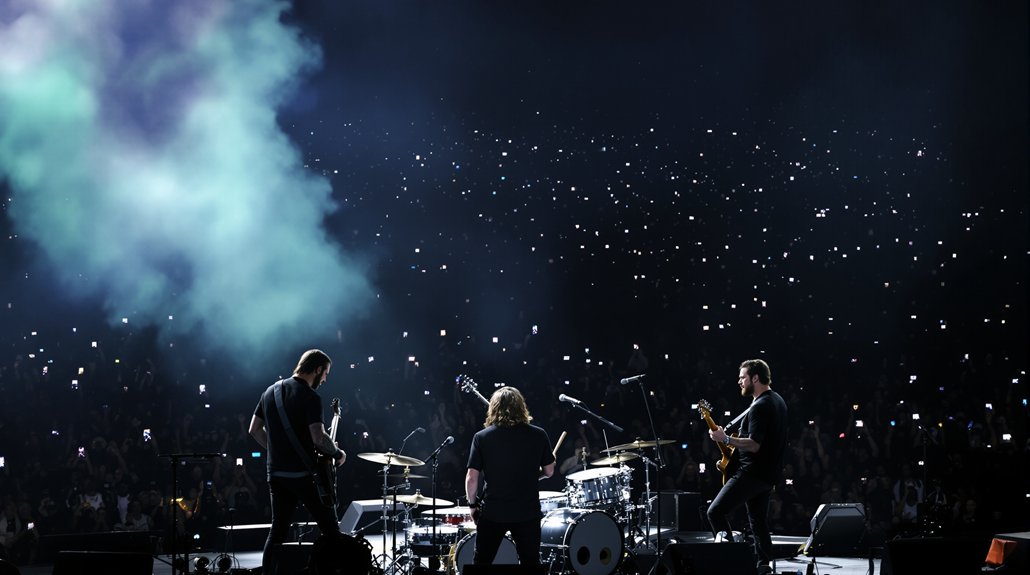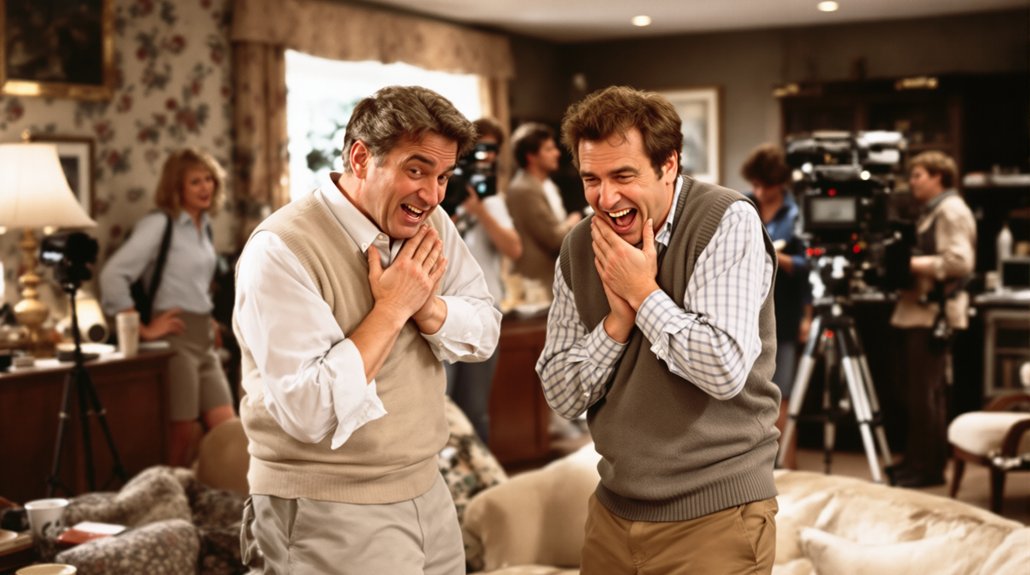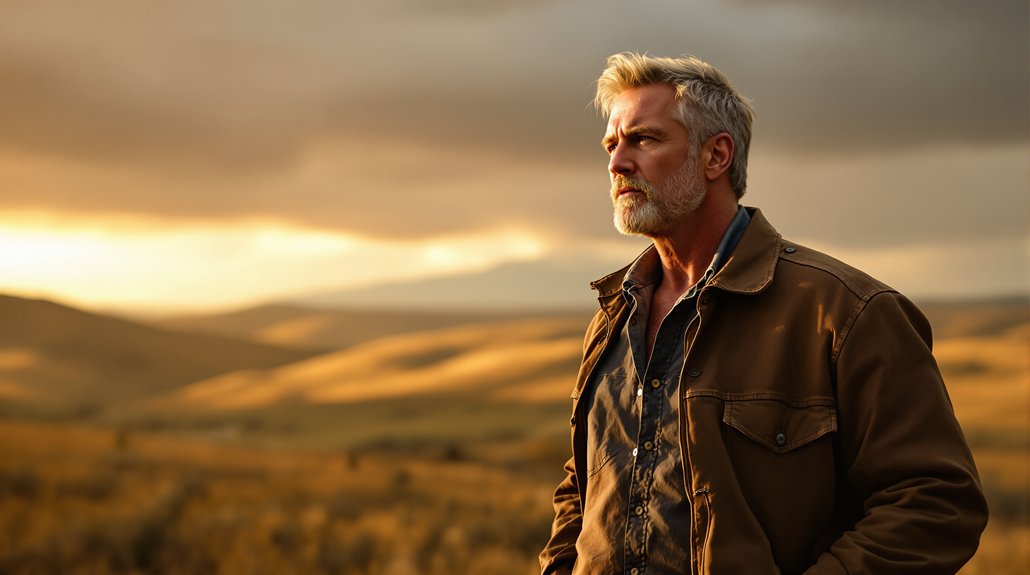Prince William and Catherine have implemented a systematic training program for Prince George beginning at age seven, gradually revealing his royal destiny through incremental exposure to ceremonial duties, military protocols, and public service traditions. The approach includes attendance at significant events like VE Day ceremonies, early aviation instruction starting at age eleven at Waltham Airfield, and preparation for future military training at Sandhurst. This modern educational strategy represents a departure from traditional monarchical preparation methods, exploring non-conventional pathways that better prepare the future king for contemporary leadership challenges.
At eleven years old, Prince George has commenced a thorough royal training program designed to prepare him for his eventual role as monarch, marking a carefully orchestrated change from childhood to future leadership responsibilities.
The training initiative began when George was approximately seven years old, when Prince William and Catherine revealed his royal destiny through an intentional, gradual process. Information about royal duties and future expectations has been delivered incrementally, allowing for increased understanding as the young prince matures through different developmental stages.
George’s exposure to key royal responsibilities occurs through attendance at family and public events, fostering familiarity with official protocols and ceremonial procedures. Training includes participation in select engagements, such as VE Day ceremonies, where George interacts with veterans and learns about public service traditions that define the monarchy’s relationship with citizens.
Through carefully selected public appearances and ceremonial participation, Prince George gradually absorbs the foundational protocols essential to effective monarchical leadership.
Military preparation remains a significant component of future monarch training, based on longstanding royal precedent established by previous generations. Prince George is expected to complete military training in coming years, likely at the Royal Military Academy Sandhurst, following traditions upheld by both Prince William and King Charles, who underwent service in various military branches. As future commanding chief of the Armed Forces, George’s military knowledge will be essential for understanding the profession he will ultimately oversee. The royal family maintains that military knowledge is deemed vital for future kings, emphasizing its critical importance in his overall preparation.
Aviation instruction represents another essential element of George’s preparation, as he began learning to fly at age eleven, echoing family tradition established by Prince Philip and Prince William. His initial flying lesson occurred at Waltham Airfield in Berkshire, lasting just under one hour under professional supervision, with parents actively observing and supporting the session.
Security protocols have intensified as George matures, with new royal rules mandating that he and Prince William travel on separate aircraft beginning at age twelve. This travel protocol guarantees continuity of the monarchy in the event of accidents, aligning with established practices for immediate heirs to the throne.
Educational strategy remains flexible, with ongoing debate over whether college attendance or direct military training will define George’s future path. The shift towards non-traditional university alternatives reflects evolving royal approaches to heir preparation, as Sandhurst and similar institutions emerge as viable options for wide-ranging leadership development in the modern monarchy.
